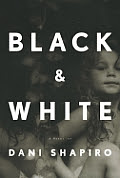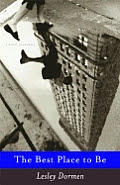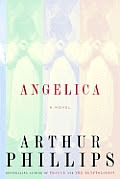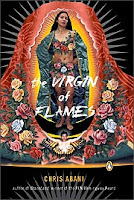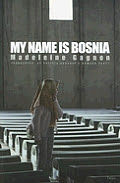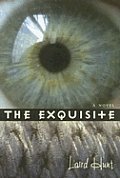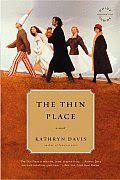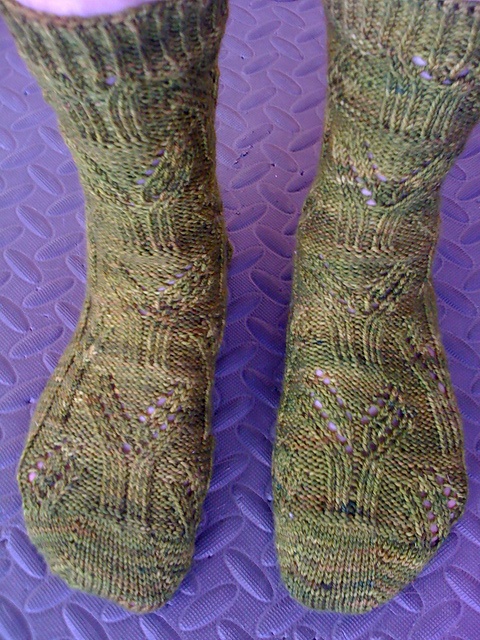BOOK REVIEW: Boomsday by Christopher Buckley
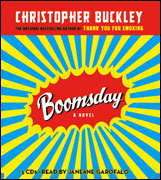 Cassandra Devine, a cynical Washington spin doctor, is frustrated by the American government’s refusal to deal with the looming crisis. She vents her spleen on her blog “Cassandra,” determined that her generation shouldn’t have to pay the bill for the unrestrained spending of the previous generation. After inspiring a few minor protests, Cassandra offers a radical solution to Social Security’s insolvency – that the government offer incentives to commit suicide by age seventy-five.
Cassandra Devine, a cynical Washington spin doctor, is frustrated by the American government’s refusal to deal with the looming crisis. She vents her spleen on her blog “Cassandra,” determined that her generation shouldn’t have to pay the bill for the unrestrained spending of the previous generation. After inspiring a few minor protests, Cassandra offers a radical solution to Social Security’s insolvency – that the government offer incentives to commit suicide by age seventy-five.
Ten years earlier, her father’s suggestion that she sign on for a term of military service to pay for her education, landed her in Bosnia where she worked for military public relations – the Spinning Eagles. It is there she meets Senator Randolph K. Jepperson IV who later, against all expectations, puts forward Cassandra’s idea of “transitioning” as a Senatorial bill when all she wanted was for debate to begin about the issue. And thus the foundation is laid for the screwball events and nefarious political dealings which Christopher Buckley brings vividly to life in Boomsday, his newest novel.
Boomsday is a term economists use to refer to the day the first of America’s 77 million baby boomers retire. Buckley’s wicked satire combines truly outrageous ideas within a very real situation. Financial trouble is looming for Social Security and it is plausible that this may cause economic problems for the US. The generational conflict provides substantial fodder for Buckley’s Swiftian tale, and a new section of Washington to lampoon. Cassandra’s “meta-issue” spirals out of control as special interest and lobby groups amend and compromise the bill into oblivion.
Boomsday is read by Jeanane Garofalo, who quickly establishes distinct voices for all the major characters. Her adept and consistent voicing ensures that listeners soon forget the book is being read by a celebrity reader. Of particular note is her rendition of the news report which opens the book. Anyone who gets their news from NPR will recognize her tone and pacing.
While Buckley has created another frothy tale of delight, Boomsday would have provided greater nourishment if he offered some solid solutions to offset his “modest proposal” for the coming Social Security crisis.
Read the review at Armchair Interviews.
ISBN10: 1594838887
ISBN13: 9781594838880
Audiobook, 5 CDs
Read by: Janeane Garofalo
Abridged by: Karen DiMattia
Publisher: Hachette Audio
Publication Date: April 2, 2007
tags: books book reviews Christopher Buckley Spin Doctors boomsday
